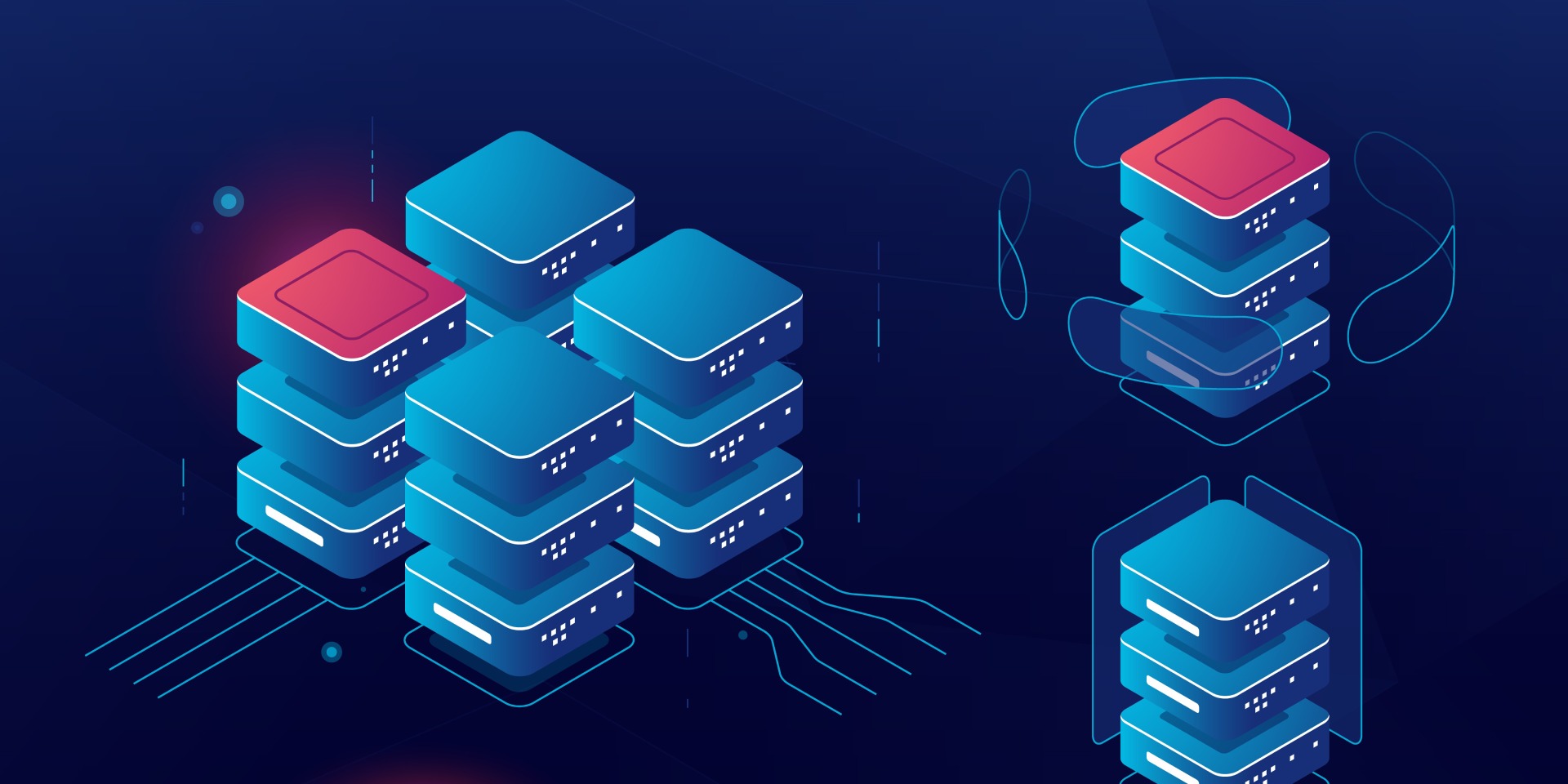Microservices vs Monolith: Which Architecture Fits a Growing Business

Software architecture is a critical factor in the success of any digital platform. For businesses experiencing rapid growth, the choice between a monolithic (Monolith) and a microservices architecture can define long-term scalability and efficiency.
In monolithic systems, the entire application is built as a single unit. All features share the same codebase and run together. The advantage lies in simplicity: faster initial development, less complexity, and lower upfront costs. However, as the application expands, updates and maintenance become more difficult, and scalability is limited.
By contrast, microservices break down the application into independent components, each responsible for a specific function (e.g., payments, authentication, search). This enables teams to develop, update, and scale services individually, improving agility and performance. The drawback, however, is greater infrastructure complexity, requiring advanced DevOps practices, monitoring, and API management.
For a growing business, the decision often depends on maturity. Smaller teams may benefit from starting with a monolithic approach for speed and lower costs, while scaling up typically requires a shift toward microservices to support higher demand and continuous innovation.
XDiGiNET helps businesses evaluate their needs and design the right architecture. Whether it’s a lean monolithic MVP or a flexible microservices-based platform, the goal is always the same: balance speed, reliability, and scalability.
